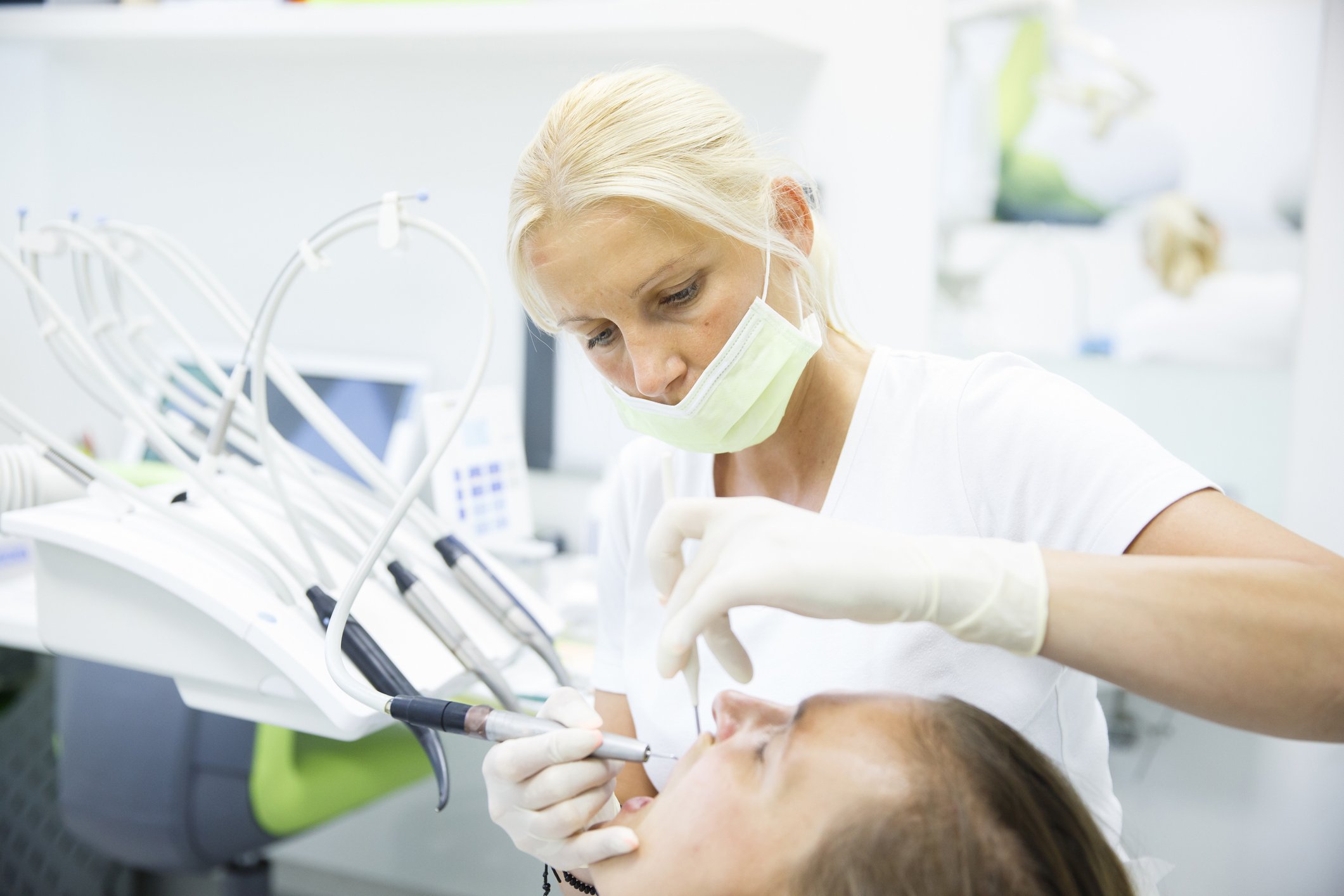
Dental health is a cornerstone of overall health. Untreated gum disease can cause serious cardiovascular health issues, systemic infections, and even death. Caries are painful, eroding quality of life. Yet many Americans have chosen to forgo dental care because of concerns about the COVID-19 pandemic.
These concerns are not misplaced. COVID is highly contagious, and even asymptomatic people can spread this potentially lethal pathogen. Temperature checks and symptom evaluations just don’t go far enough to protect dental patients. Moreover, the aerosols that many dental procedures create can more effectively spread the disease.
Dental practices must adopt a proactive stance that includes additional suctioning during dental visits. Doing so can save lives, and may offer your patients the peace of mind that will bring them back to the office for necessary care.
Avoiding Gimmicks: Will New Products Make My Patients Safer?
Dental practices have spent the COVID pandemic strategizing ways to protect their patients. According to the American Dental Association, many have succumbed to the savvy marketing of products that may not actually work. Sanitizers and air filters are based on sound science, but the extent to which they work is unknown. Without more research, these products aren’t enough.
Instead, dental practices must focus on the more obvious source of contamination: direct contact with patients’ bodily fluids, and especially with their mouths. The more you can minimize contact, the lower your infection risk becomes. You must also work to reduce other patients’ exposure to aerosolized oral fluids. That’s where suction reigns supreme.
Additional Suctioning During Dental Procedures
Additional suctioning during dental procedures can help reduce the fluids your patients and staff are exposed to. The Centers for Disease Control and Prevention recommends the use of high-evacuation suction to eliminate or reduce harmful aerosols. Additional shielding may also help. Consider using dental dams to reduce splatter.
It is important to use these protocols with all patients. You should not be treating suspected COVID-positive patients because the risk is too high. However, even with a negative test, no fever, and no symptoms, it is still possible for a patient to have the virus and transmit it to you or others. Treat all patients as if they are positive, and you will greatly reduce your risk.
Other Strategies to Keep Your Patients Safe
In addition to high-evacuation suction, these protocols can reduce COVID risk in dental practices:
- Reduce the number of personnel working on each patient.
- Ask patients to wait in their cars, then call them when it is time for their treatment. Longer wait times in waiting rooms and treatment areas mean a higher risk of exposure.
- Create barriers between treatment areas.
- Consider staggering patients so that you only treat one patient at a time.
- Wear appropriate personal protective equipment, including an N95 mask, face shield, and gloves.
- Practice diligent and aggressive handwashing—before treating each patient, after each patient, and before and after touching equipment or surfaces.
- Regularly disinfect surfaces between patients, especially those that may contain patient fluids—chairs, equipment trays, and any reusable equipment.
- Consult with patients about the most conservative approach. When possible, delay treatment or recommend home treatment to reduce the severity of oral health issues. Though prompt care is critical for emergencies, it may be appropriate to delay treatment for minor issues.
- When treating children, allow only one caregiver back into the treatment room, because having multiple caregivers present means multiple potential points of infection.
- Take temperatures and screen patients for potential infection. This does not remove risk but can mitigate exposure to the most contagious patients.
- Require all patients to correctly wear face masks at all times, except when receiving treatment.
- Process payment and insurance over the phone to minimize in-person contact.
- Consider doing telehealth consultations for common dental issues.
The right portable suction machine can help you suction patients to reduce exposure to aerosols. This may save lives and slow the spread of a deadly pandemic. For help finding the right machine for your practice, download our free guide, The Ultimate Guide to Purchasing a Portable Emergency Suction Device.














